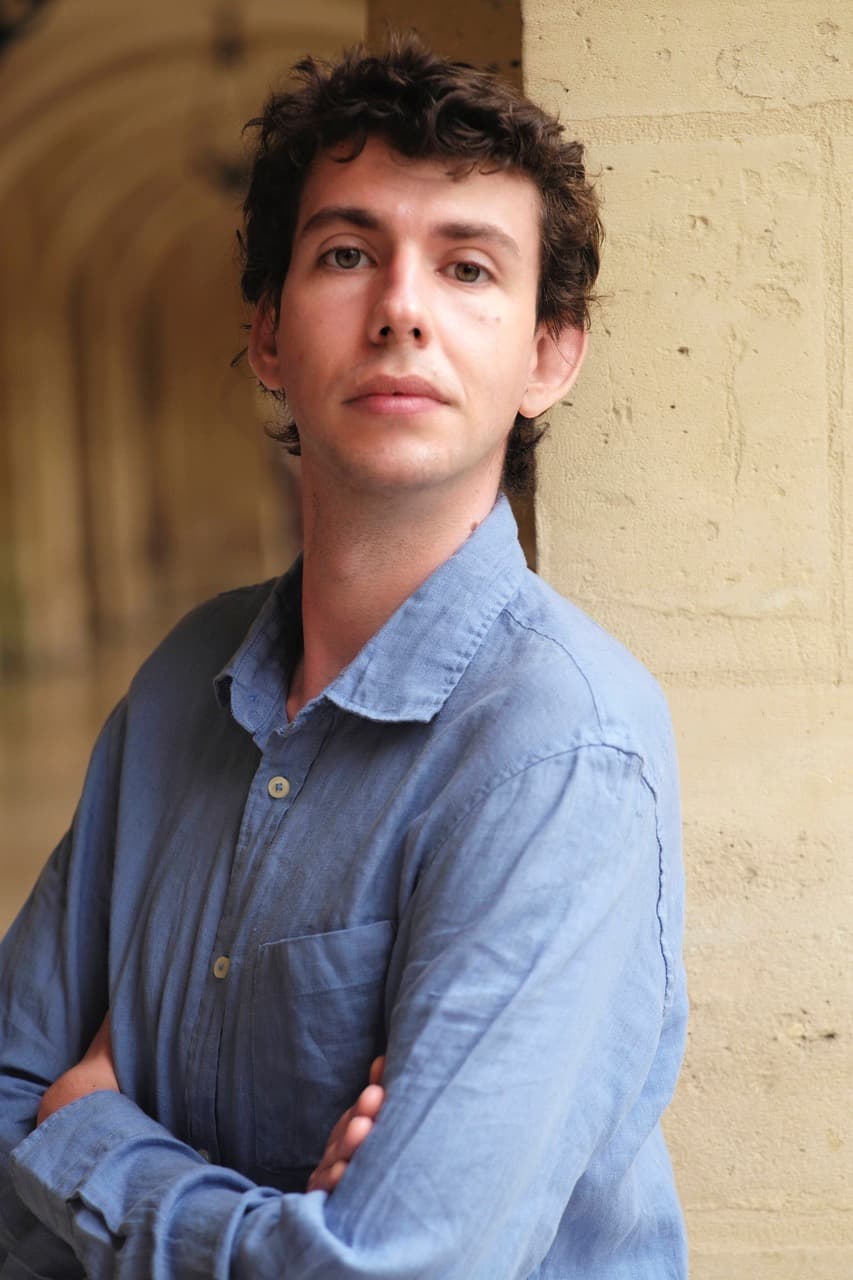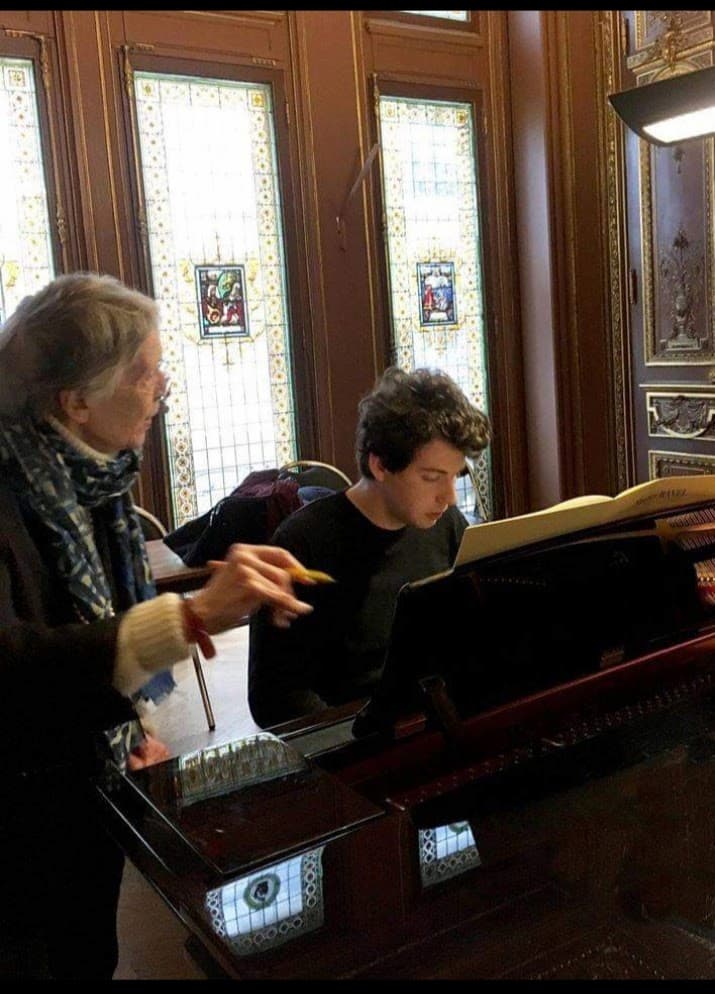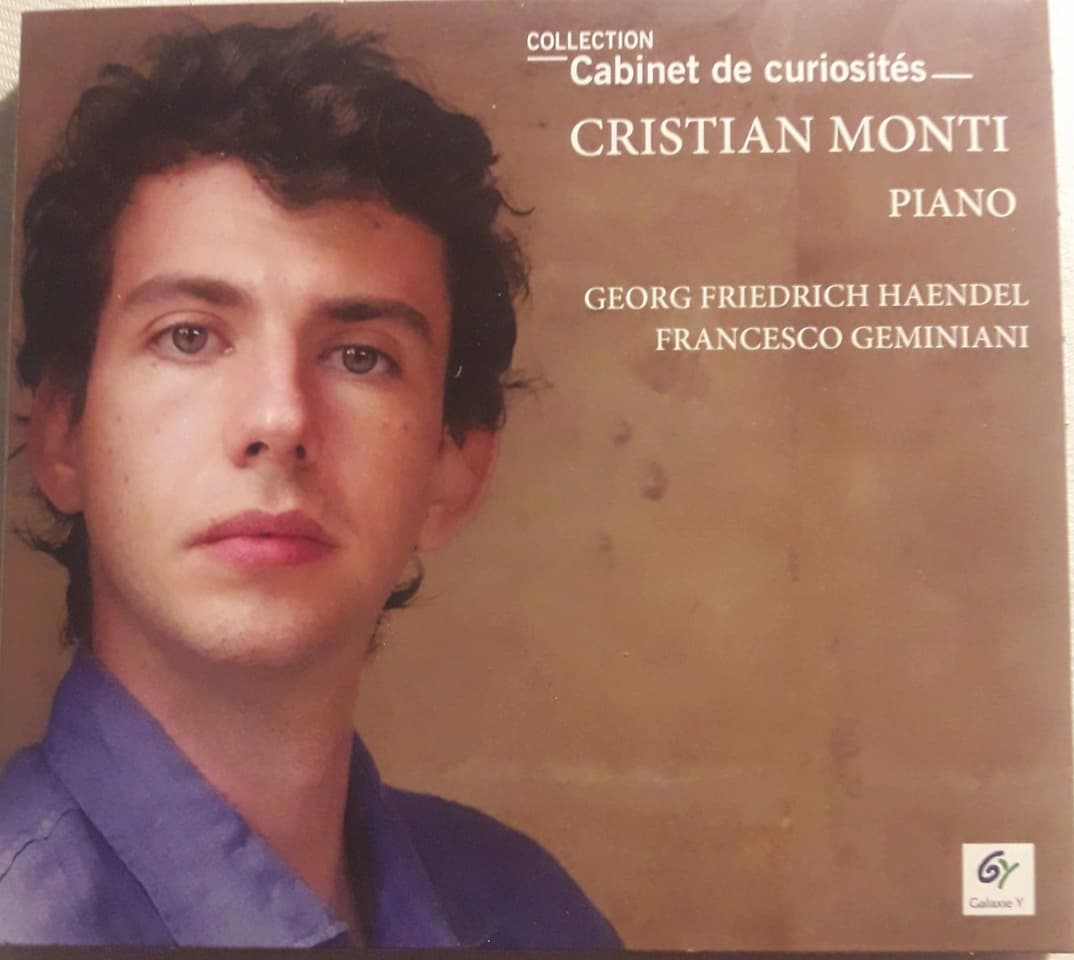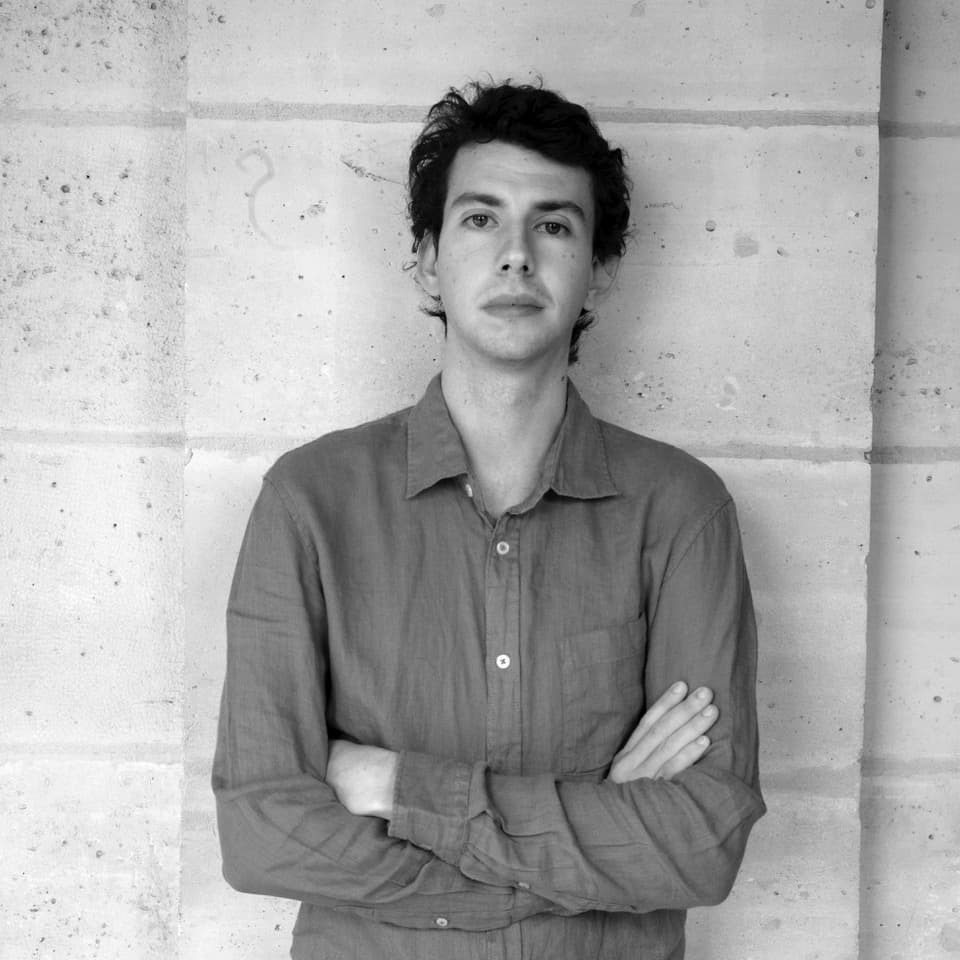Cristian Monti is an Italian pianist and composer who is passionate about rediscovering lesser-known repertoire. In his album, Cabinet de curiosités, released in 2022, Monti featured a lesser-known piece, Pièces de Clavecin by Italian composer Francesco Xaverio Geminiani (1687 –1762), and two Suites (HWV 427 and HMV 433) by George Frideric Handel (1685-1759). The album has been well-received and featured in various radio programs in France and Rome. In this interview, Monti shares with us how he “rediscovered” Geminiani’s Pièces de Clavecin.
George Frideric Handel: Suite in F major HWV 427 – I. Adagio
George Frideric Handel: Suite in F major HWV 427 – II. Allegro
Can you tell us about yourself?

Cristian Monti © Jenny Faugerat
My name is Cristian Monti, and I am an Italian pianist and composer. I studied in Lucca and Padua in Italy with my mother Manuela Innocenti and Pietro Rigacci, before continuing my studies at the Ecole Normale de musique de Paris, where I had the good fortune to perfect my skills with Françoise Thinat, a former pupil of Yvonne Lefébure and Germaine Mounier. It was in fact with her that I conceived and realized this first recording project centered on the music of G. F. Handel and F. X. Geminiani.
The album features works that are lesser known. Can you share with us how you came up with such an idea?

Cristian Monti with Françoise Thinat
The compositions on this album are part of a larger project, conceived as a “Cabinet of Curiosities” aimed at rediscovering lesser-known and rarely played music. I got the idea of recording Geminiani’s Pièces de clavecin because Françoise Thinat had proposed to me to make a CD of 18th-century Italian composers. I was familiar with Geminiani’s music because, as we are both from Lucca, I had had the opportunity to study some of his violin sonatas and to play the harpsichord in the orchestra for the ballet La Foresta Incantata. After some research, I discovered that Geminiani’s Violin Sonatas (of which the Pièces de clavecin are transcriptions) were first performed in London by the composer himself on violin and by Handel on harpsichord. Hence the idea of adding two Suites by Handel.
George Frideric Handel: Suite in F minor HWV 433 – II. Allemande
George Frideric Handel: Suite in F minor HWV 433 – IV. Gigue
Are there some distinct characteristics that we can differentiate between Geminiani’s and Handel’s work? What are some specific characteristics that attract you to their works?
The compositional style of the two composers is very different.
From a first listen, one can see that Handel’s Music is more structured and more inclined to follow the rules of counterpoint and polyphony. Geminiani, being the excellent violinist that he was, concentrates much of his interest on the melody (entrusted to the right hand) whether it be cantabile or virtuosic. The left hand acts as a refined and developed basso continuo that supports and sometimes dialogues with the melody. What, in my opinion, is fascinating is that these musics give us a picture of two different but complementary images of the Baroque, in which Handel’s operatic instances alternate with Geminiani’s more intimate and instrumental ones.
Francesco Xaverio Geminiani: Pièces de Clavecin – I. Prelude, Lentement
Francesco Xaverio Geminiani: Pièces de Clavecin – IV. Rondeau, Tendrement
Francesco Xaverio Geminiani: Pièces de Clavecin – VIII. Vivement
What were the challenges you came across during the recording process?

Cristian Monti: “Cabinet de curiosités”
The main challenge I was confronted with for this CD is the interpretation of this kind of repertoire. It is in fact music not written for piano but for harpsichord, and, as in the case of Geminiani’s Pièces de clavecin, we are dealing with transcriptions from the violin. The main question Françoise Thinat and I asked ourselves with this music was: should we make the piano sound like a harpsichord, or can we recreate the sound of the baroque orchestra, the violin, and the human voice, transcending the limits of the instrument? We chose the second path, which led us towards an important timbre research that allowed us to range from Couperin and Rameau to Debussy and Ravel.
This album was recorded in 2021. Are you currently preparing for another album?
My next recording project for Galaxie-Y will be the result of an important collaboration with the French composer Jacques Lenot, author of a piece entitled ‘Rilke Fragmente’ inspired by the Prague poet’s work. Sonata No. 10 op. 70 and the 5 Préludes op. 74 by Alexander Scriabin will complete the recording.
Would you share with us your upcoming performances?

© Jenny Faugerat
My next concert activity will take me to perform in the autumn in Paris (10 September at the American Cathedral) and in Italy as a soloist and chamber musician.
For more of the best in classical music, sign up for our E-Newsletter
